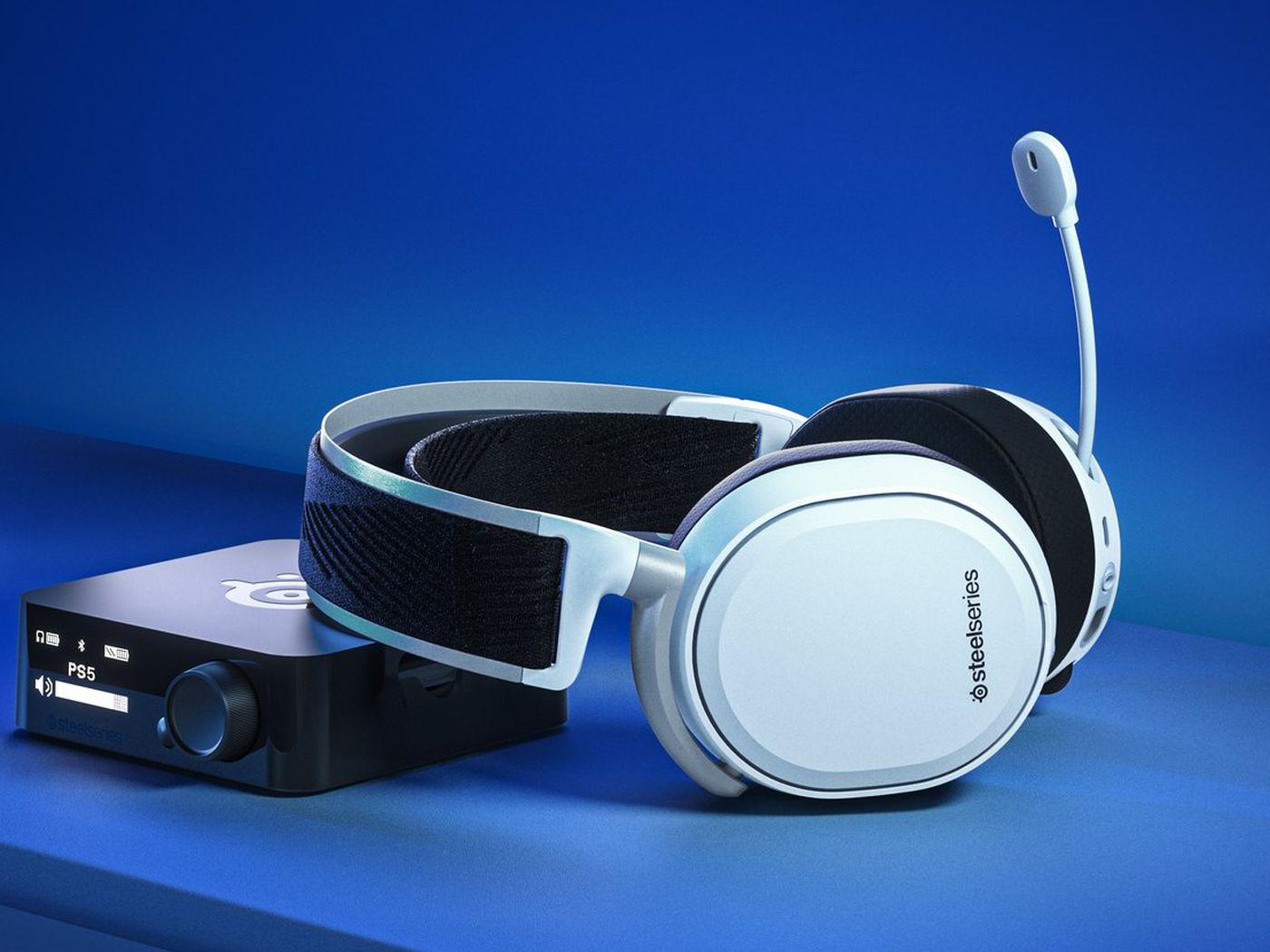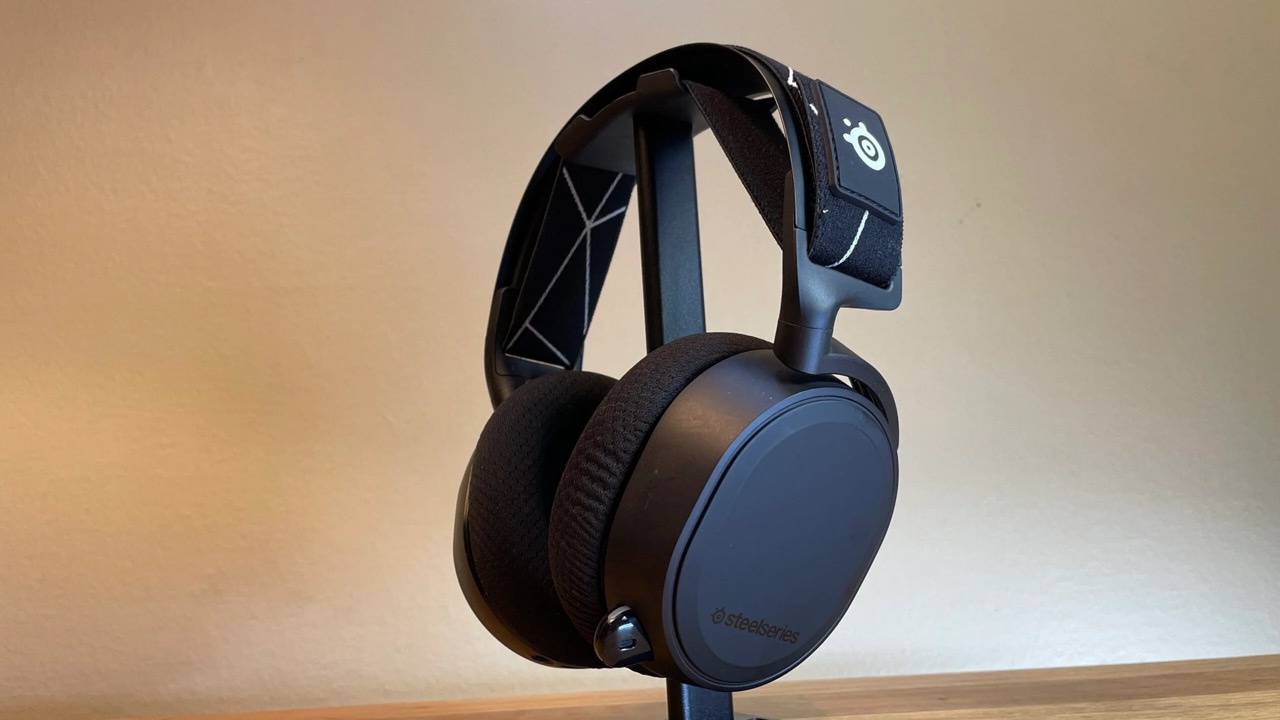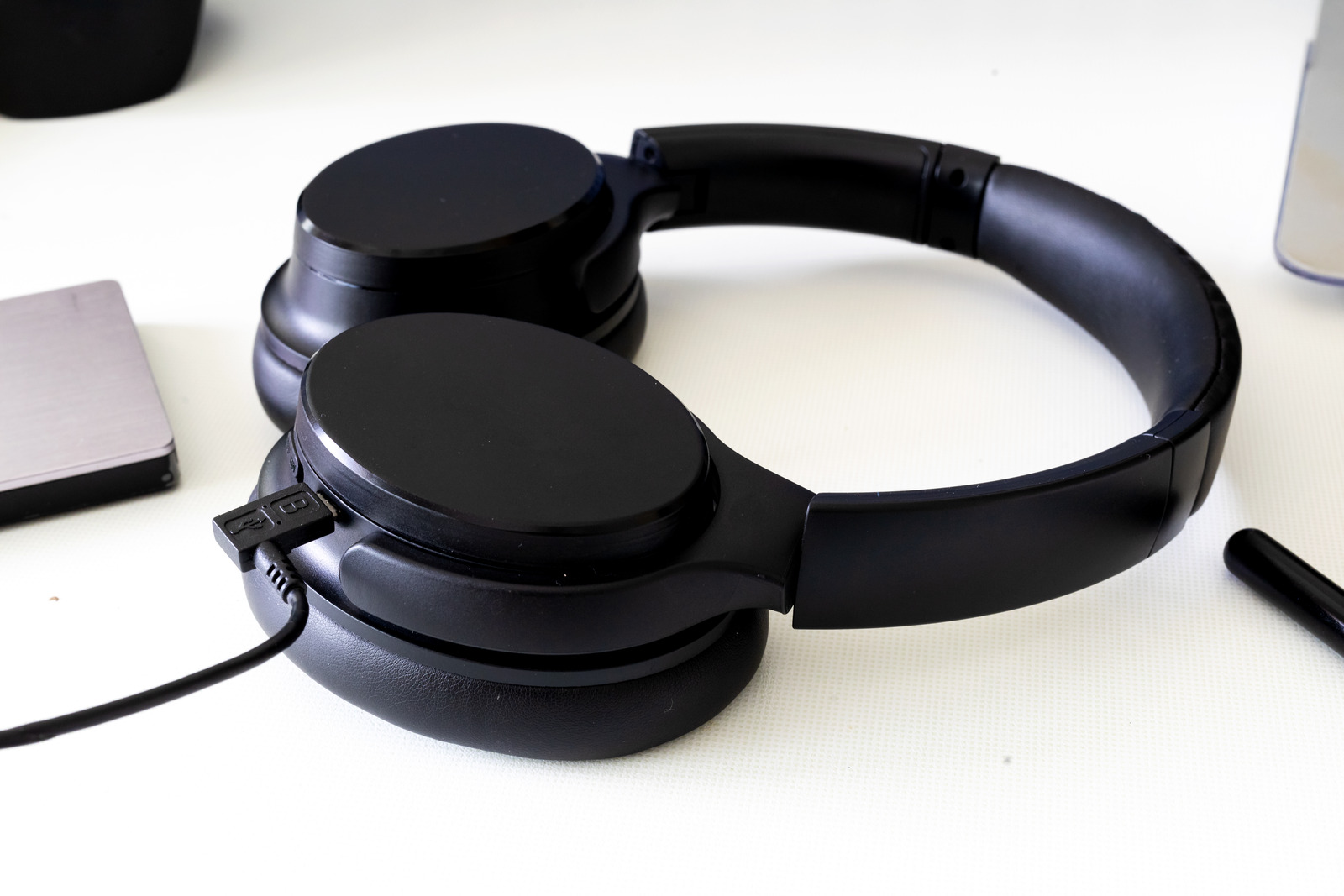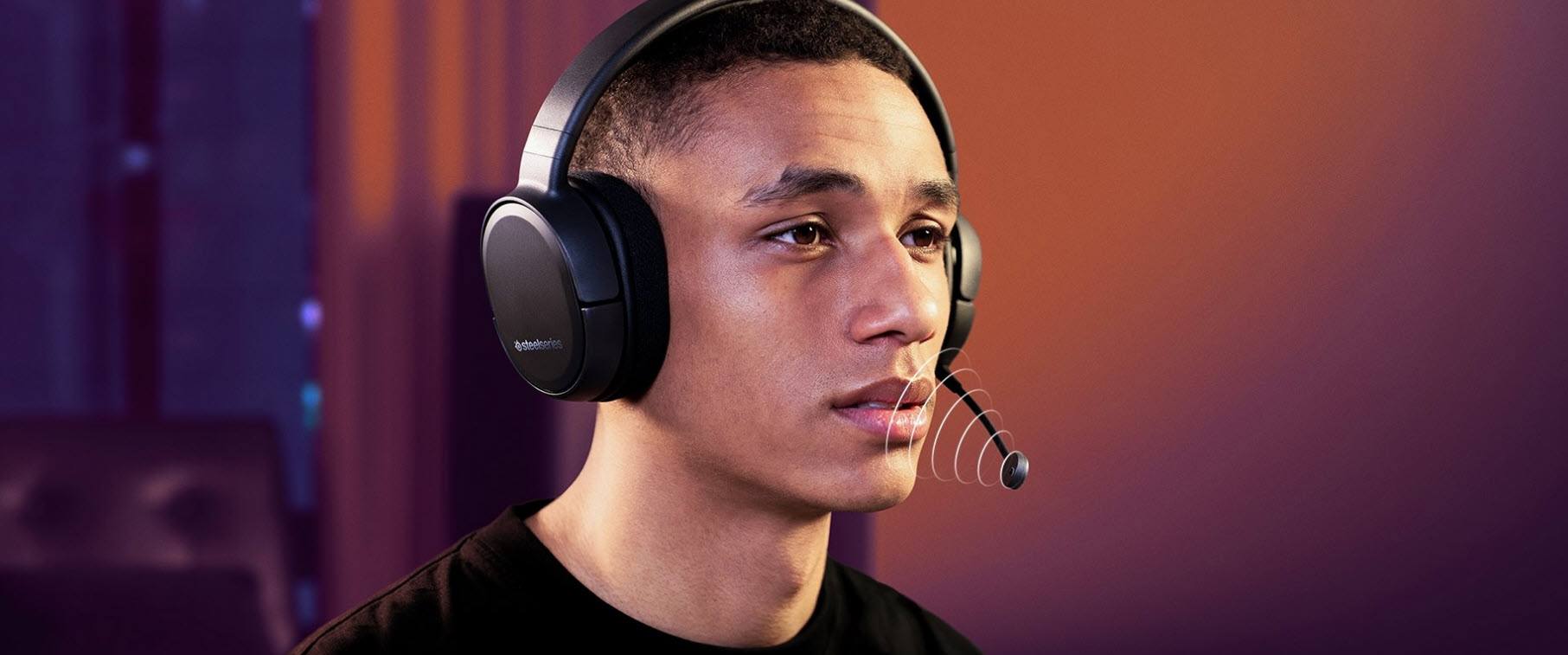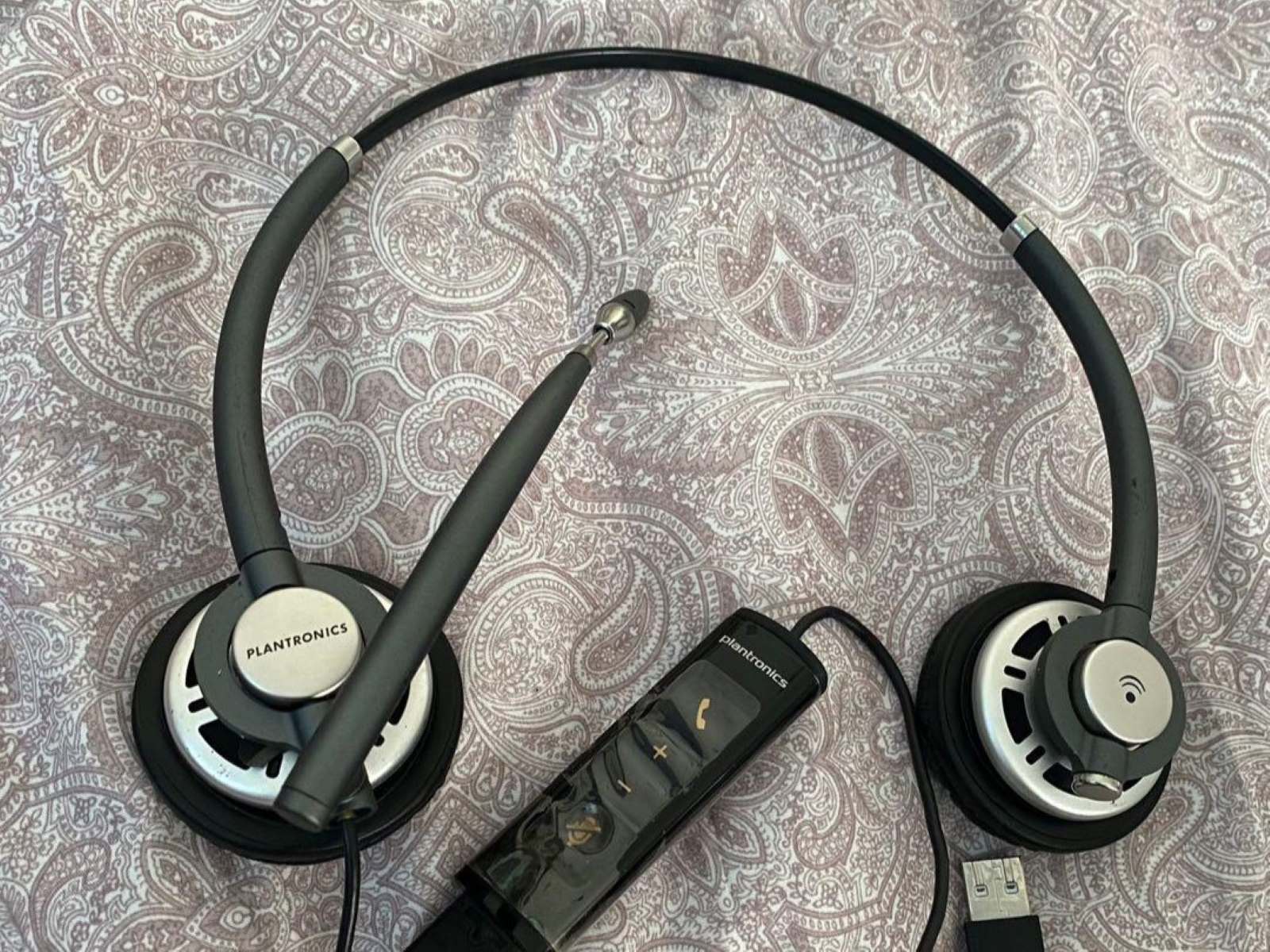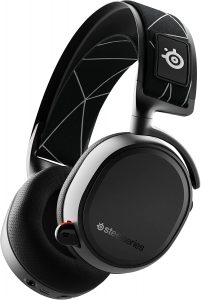Common Charging Issues
Charging issues can be a major inconvenience when it comes to using your Steelseries headset. Whether you're unable to charge the headset at all, experiencing slow charging, or encountering other related problems, it's crucial to address these issues promptly to ensure uninterrupted usage. Understanding the common charging issues and their potential causes can help you troubleshoot and resolve the problem effectively.
-
Not Charging: One of the most prevalent issues users encounter is when the Steelseries headset fails to charge altogether. This can be frustrating, especially when you're gearing up for a gaming session or need the headset for an important call.
-
Slow Charging: Another issue that users often face is slow charging. Even when connected to a power source, the headset may take an unusually long time to reach a full charge, impeding your ability to use it when needed.
-
Intermittent Charging: Some users report intermittent charging problems, where the headset charges inconsistently or disconnects and reconnects during the charging process. This can be disruptive and hinder the seamless use of the headset.
-
Overheating During Charging: Overheating during the charging process is a concerning issue that can not only affect the charging efficiency but also potentially damage the headset if left unaddressed.
Understanding these common charging issues is the first step toward resolving them. In the subsequent sections, we will delve into troubleshooting steps to address these problems effectively, ensuring that you can enjoy uninterrupted usage of your Steelseries headset.
Checking the Charging Cable
The charging cable is a fundamental component of the charging process for your Steelseries headset. A faulty or damaged cable can lead to various charging issues, including slow or ineffective charging, intermittent connections, or complete failure to charge. Therefore, it's essential to thoroughly inspect the charging cable to identify any potential issues and ensure that it's functioning optimally.
Visual Inspection
Begin by conducting a visual inspection of the charging cable. Look for any signs of physical damage, such as frayed or exposed wires, bent or broken connectors, or damage to the insulation. These issues can disrupt the flow of electricity and hinder the charging process. If any damage is evident, it's crucial to replace the cable with a new, undamaged one to facilitate proper charging.
Connection Stability
Check the connection points of the charging cable, including the USB connector and the headset's charging port. Ensure that the connectors fit securely and snugly without any looseness or wobbling. A loose connection can lead to inconsistent charging and intermittent disconnections, impacting the overall charging performance. If the connection is unstable, try using a different cable to determine if the issue lies with the cable itself.
USB Port Examination
Inspect the USB port on the charging source, whether it's a wall adapter, computer USB port, or power bank. Dust, debris, or bent pins within the USB port can impede the flow of electricity, resulting in charging issues. Use a flashlight to illuminate the port and carefully remove any visible debris using a soft brush or compressed air. Avoid using sharp objects that may damage the port further.
Testing with Alternate Cable and Power Source
To isolate the cause of the charging issues, test the Steelseries headset with an alternate charging cable and power source. If a different cable charges the headset effectively, it indicates that the original cable is faulty and requires replacement. Similarly, if the headset charges properly using an alternative power source, the original charging port or adapter may be the source of the problem.
Ensuring Compatibility
Ensure that the charging cable is compatible with the Steelseries headset model. Using an incompatible or non-standard cable can lead to charging inefficiencies and potential damage to the headset. Refer to the headset's user manual or the manufacturer's guidelines to verify the recommended charging cable specifications for optimal performance.
By meticulously checking the charging cable and its associated components, you can identify and address potential issues that may be impeding the charging process for your Steelseries headset. This proactive approach allows you to eliminate cable-related issues and ensure seamless and efficient charging, enabling you to make the most of your headset without interruptions.
Resetting the Headset
Resetting the headset is a fundamental troubleshooting step that can effectively address a range of issues, including charging problems, connectivity issues, and performance inconsistencies. By performing a reset, you can restore the headset to its default settings, potentially resolving underlying software or firmware issues that may be hindering its functionality. Here's a detailed guide on how to reset your Steelseries headset and the potential benefits it can yield.
Soft Reset
A soft reset, also known as a power cycle, is the simplest form of resetting the headset. To perform a soft reset, follow these steps:
-
Power Off: Ensure the headset is powered on, then proceed to power it off completely. This typically involves pressing and holding the power button or following the manufacturer's specific instructions for powering off the headset.
-
Disconnect from Power Source: If the headset is connected to a charging source during the reset, disconnect it to ensure a complete power cycle.
-
Wait and Reconnect: Allow the headset to remain powered off for a few minutes to ensure all residual power dissipates. Afterward, reconnect the headset to the power source and power it back on.
Performing a soft reset can address minor software glitches, temporary system freezes, and erratic behavior caused by residual power or temporary software issues.
Hard Reset
In some cases, a hard reset may be necessary to address more persistent issues. A hard reset involves more comprehensive steps to reset the headset to its factory settings. It's important to note that a hard reset will erase any personalized settings and configurations, so it should be considered as a last resort. Here's how to perform a hard reset:
-
Power Off: Ensure the headset is powered on, then power it off as described in the soft reset steps.
-
Locate Reset Button or Sequence: Check the headset's user manual or the manufacturer's official guidelines to identify the specific hard reset procedure for your model. This may involve pressing a combination of buttons or locating a dedicated reset button on the headset.
-
Perform Hard Reset: Follow the manufacturer's instructions to initiate the hard reset process. This may involve pressing and holding the reset button or specific buttons for a predetermined duration.
By performing a hard reset, you can effectively clear any persistent software issues, restore the headset to its default state, and potentially resolve complex charging or performance issues.
Benefits of Resetting the Headset
Resetting the headset can yield several benefits, including:
-
Resolution of Software Glitches: Resetting the headset can eliminate temporary software glitches that may be impeding the charging process or causing other issues.
-
Restoration of Default Settings: By resetting the headset, you can restore default configurations, potentially addressing any settings that may be hindering the charging functionality.
-
Improved Stability: A reset can contribute to overall system stability, ensuring consistent performance and reliable charging capabilities.
-
Troubleshooting Step: Resetting the headset serves as a critical troubleshooting step, allowing you to systematically address potential software or firmware-related issues.
By following the appropriate reset procedures, you can effectively troubleshoot charging issues and restore optimal functionality to your Steelseries headset, ensuring a seamless and uninterrupted user experience.
Updating Firmware
Updating the firmware of your Steelseries headset is a crucial step in troubleshooting charging issues and ensuring optimal performance. Firmware serves as the underlying software that governs the headset's functionality, including its charging protocols and power management. By updating the firmware, you can address potential software-related issues, introduce enhancements, and ensure compatibility with the latest charging standards. Here's a comprehensive guide on how to update the firmware of your Steelseries headset and the potential benefits it can yield.
Checking for Firmware Updates
-
Manufacturer's Website: Visit the official Steelseries website or the dedicated support section to check for available firmware updates for your specific headset model. Manufacturers often provide detailed instructions and downloadable firmware files for updating their products.
-
Firmware Release Notes: Review the release notes accompanying the firmware updates. These notes typically outline the improvements, bug fixes, and enhancements introduced in the new firmware version. Pay particular attention to any mentions of charging-related optimizations or fixes for known charging issues.
-
Compatibility Verification: Ensure that the firmware update is compatible with your headset model. Using an incompatible firmware version can lead to operational issues and potential complications during the update process.
Firmware Update Process
-
Download Firmware: If a new firmware version is available, download the firmware file to your computer. Ensure that the download is from the official Steelseries website or a trusted source to avoid potential security risks.
-
Headset Connection: Connect your Steelseries headset to your computer using the provided USB cable or the recommended connection method specified by the manufacturer.
-
Run Firmware Update Tool: Many manufacturers provide dedicated firmware update tools or software utilities to facilitate the update process. Run the firmware update tool and follow the on-screen instructions to initiate the update for your headset.
-
Follow Instructions: The update tool will guide you through the necessary steps, which may include confirming the headset's current firmware version, selecting the downloaded firmware file, and initiating the update process. It's essential to follow the instructions carefully to ensure a successful update.
-
Completion Confirmation: Once the update process is complete, the tool will typically display a confirmation message. Disconnect the headset from the computer and proceed to test its charging functionality.
Benefits of Firmware Updates
-
Charging Optimization: Firmware updates often include optimizations for charging protocols, improving the overall charging efficiency and reliability of the headset.
-
Bug Fixes: Many firmware updates address known issues and bugs, including those related to charging behavior. Updating the firmware can resolve charging inconsistencies and intermittent charging problems.
-
Enhanced Compatibility: New firmware versions may introduce enhanced compatibility with charging sources, ensuring seamless operation with a wide range of power adapters and USB ports.
-
Performance Enhancements: Firmware updates can introduce performance enhancements that contribute to the overall stability and reliability of the headset's charging capabilities.
By proactively updating the firmware of your Steelseries headset, you can effectively address charging issues, introduce optimizations, and ensure that the headset operates at its full potential. Regularly checking for firmware updates and staying current with the latest software releases is a proactive approach to maintaining the optimal functionality of your headset, particularly concerning charging performance.
Contacting Steelseries Support
If you've exhausted the troubleshooting steps and the charging issues with your Steelseries headset persist, reaching out to Steelseries support can provide valuable assistance in resolving the underlying issues. The support team comprises knowledgeable professionals equipped to address technical concerns, provide personalized guidance, and offer tailored solutions to ensure your headset functions optimally. When initiating contact with Steelseries support, it's important to approach the process systematically to maximize the effectiveness of the interaction.
Online Support Channels
Steelseries offers various online support channels, including a dedicated support portal on their official website, live chat assistance, and email support. Accessing the online support resources enables you to communicate your concerns effectively and receive prompt responses from the support team. When utilizing these channels, it's beneficial to provide detailed information about the charging issues you're experiencing, including any relevant troubleshooting steps you've already undertaken.
Direct Communication
In instances where online support channels may not suffice, direct communication with Steelseries support via phone can offer a more immediate and interactive support experience. By contacting the support phone number provided by Steelseries, you can engage in real-time discussions with a support representative, allowing for in-depth troubleshooting, personalized guidance, and potential remote diagnostics of the charging issues.
Providing Essential Details
When reaching out to Steelseries support, be prepared to provide essential details about your headset, such as the model number, purchase date, and a comprehensive description of the charging issues. Including specific details about the charging cable, power sources used, and any relevant error messages or LED indicator behavior can assist the support team in diagnosing the problem accurately.
RMA Process
In situations where the charging issues are indicative of a potential hardware fault, Steelseries support can guide you through the RMA (Return Merchandise Authorization) process. This involves facilitating the return of the headset for inspection, repair, or replacement, ensuring that any underlying hardware-related charging issues are addressed effectively.
Collaboration and Feedback
Engaging with Steelseries support is not just about issue resolution; it's also an opportunity to collaborate and provide feedback. By sharing your experiences and insights regarding the charging issues, you contribute to the ongoing improvement of Steelseries products and support services, ultimately benefiting the broader community of users.
Persistence and Follow-Up
In the event that the initial support interaction does not fully resolve the charging issues, persistence and follow-up can be instrumental. Clearly articulating the steps taken, the outcomes observed, and any ongoing concerns can prompt further investigation and escalation within the support framework, leading to a comprehensive resolution of the charging issues.
By leveraging the resources and expertise of Steelseries support, you can navigate and overcome charging issues with your headset, ensuring that you can fully enjoy its features without interruptions. The support team's dedication to customer satisfaction and technical excellence positions them as valuable partners in addressing and resolving charging-related concerns effectively.









